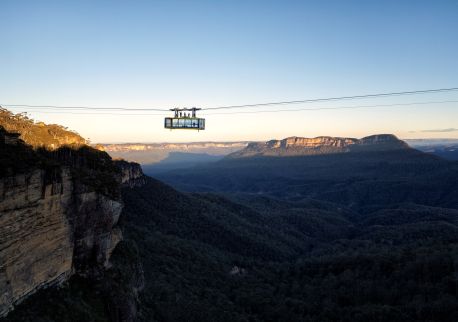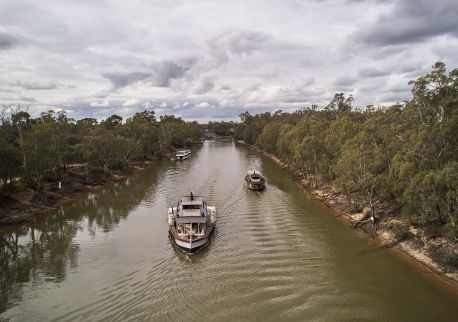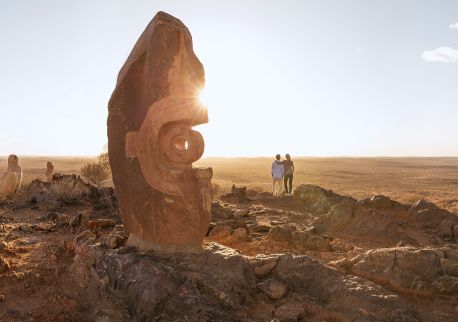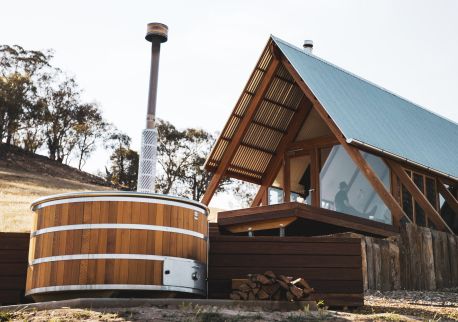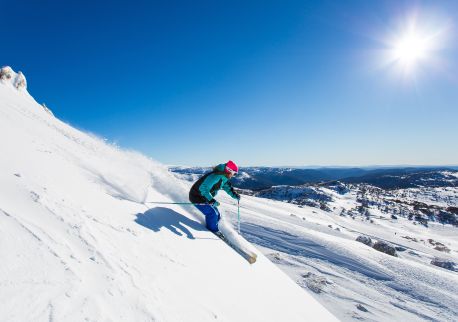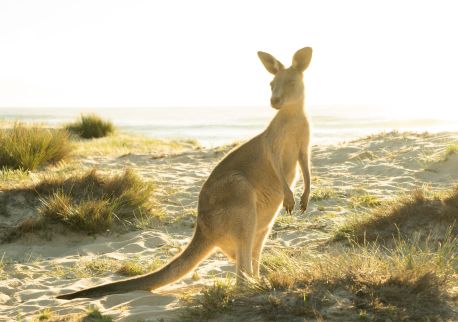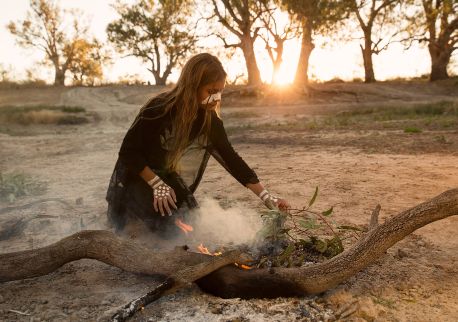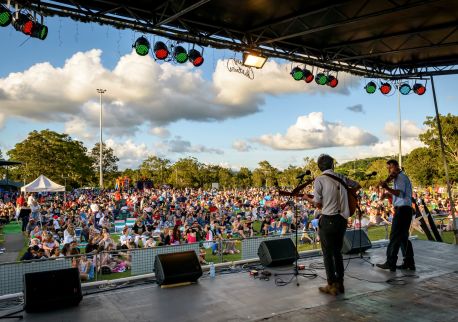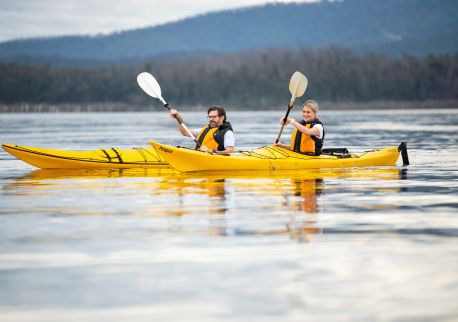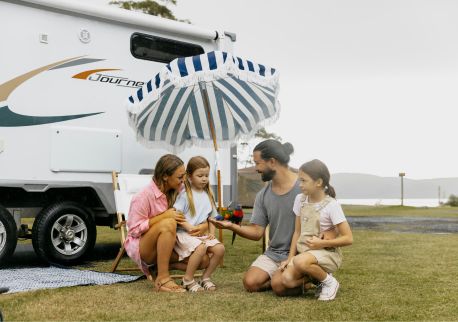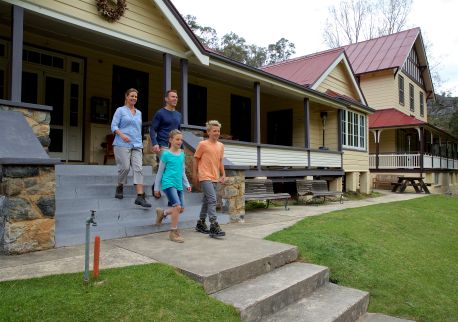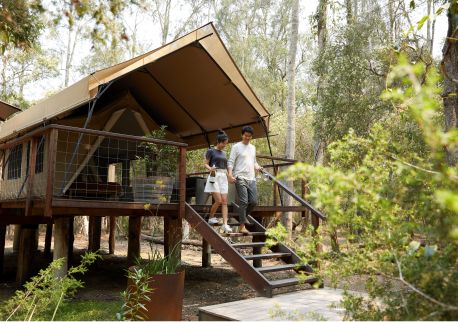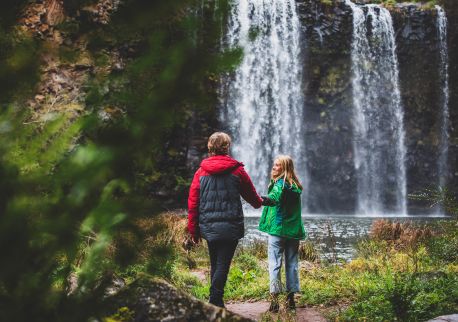Albert Kersten Mining and Minerals Museum (GeoCentre)
Highlights
Overview
A walk around the centre of Broken Hill will give you an idea of how mining forged the city, with streets that are named after the metals and minerals dug up here over the past 140 years.
You can learn more about these mining deposits at the Albert Kersten Mining and Minerals Museum, also known as the GeoCentre.
On a three-screen cinema, take a ten minute journey from the Big Bang to the present day and learn how the Line of Lode, the huge deposit of ore that made the city's fortune, was formed. Find a world-class collection of more than 2,000 mineral, gem and crystal specimens, including a 42kg silver nugget.
Visitors should look out for the famous silver tree ornament once owned by Charles Rasp, the boundary rider-turned-prospector who discovered the original 'broken hill'. It was Rasp who, along with six others – the Syndicate of Seven – formed the Broken Hill Proprietary Company (BHP) in 1885, thus setting in motion the development of the mines, and eventually the city itself.

